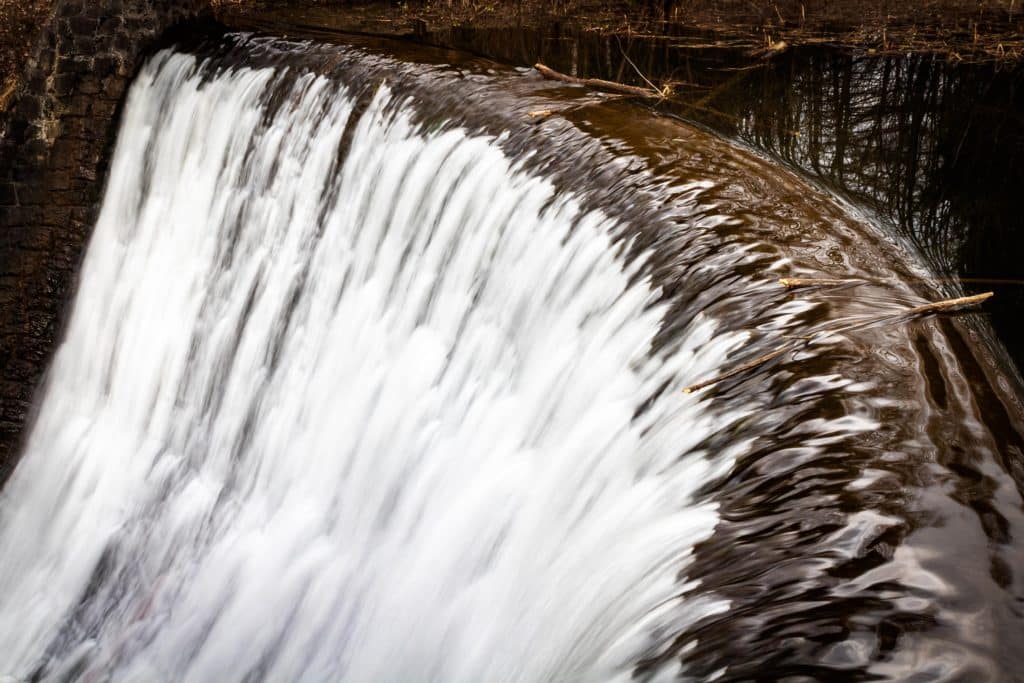The Main Electricity Sources in Canada by Province
As reported by the National Energy Board (NEB) in 2017, two-thirds of the electricity sources in Canada come from renewable energy, with a combination of wind power, hydroelectric generation, solar power and even biomass energy.
Yet, there is a lot more to know about energy distribution in Canada. In order to understand the Canadian energy market, you need to go way beyond voltages, rates and your utilities bills. Generating electricity in such a large country requires an understanding of the particularities of each province and their power frameworks.
Read on to learn not only how much of Canada’s energy is renewable, but what are the main sources (clean or not) of electricity generation by province
Where does electricity come from? The main electricity sources in Canada
Electricity is everywhere in our lives. It’s quite difficult to imagine how things would be nowadays if there weren’t any electrical wires connecting almost everything everywhere. Still, we don’t know much about it. It is so natural to just plug devices here and there that we don’t even think about how the magic happens.
The electricity industry is responsible for generation, transmission and distribution. Electricity can be generated from many sources, be it solar or hydroelectricity. All of them, however, are based on the same concept: creating energetical movements until an electrical current is generated.
If you didn’t miss your Physics 101 classes, you know that energy can’t be created nor destroyed. To generate electricity, energy generators use turbines or motors to transform other types of energy — such as mechanical, nuclear or chemical — into electricity.
In Canada, one of the main energy sources is hydroelectricity, which accounts for 59 percent of the generation grid, according to a 2016 report by Natural Resources Canada (NRCan).
Hydroelectricity is considered green energy by many experts, and contributes greatly to Canada’s top-10 ranking among the world’s largest producers of electricity. The country currently ranks as the sixth-largest electricity generator in the world, and the second-largest electricity exporter globally. Nearly 11 percent of the electricity generated in Canada is exported to the United States.
Fossil fuels and coal power are still significant electricity sources in Canada, but their use varies substantially from province to province. While Ontario uses only 0.1 percent of petroleum to generate electricity, Nunavut’s electricity is 100 percent oil-based.
Which province is Canada’s largest producer of hydroelectricity?
When you take a look at the electricity generation province per province, you notice the importance of hydroelectricity to many Canadian regions. According to NRCan, at least four provinces get the majority of their electricity supply from hydroelectricity. Manitoba is the No. 1 hydro generator, with a 97 percentage, while Alberta only uses 2.8 percent to generate electricity.
- Manitoba: 97.0%
- Quebec: 95.3%
- Newfoundland and Labrador: 94.3%
- Yukon: 93.7%
- British Columbia: 89.4%
- Northwest Territories: 37.4%
- Ontario: 22.3%
- New Brunswick: 21.5%
- Saskatchewan: 13.3%
- Nova Scotia: 8.7%
- Alberta: 2.8%
The main electricity sources by province in Canada
If you’re interested to know what are the main electricity sources in your province, read on to know about power generation in Canada according to each region.
NOTE: The sum of components may not equal 100% because of rounding by the official agencies, such as the National Energy Board and Natural Resources Canada.
Alberta
Electricity sources in Alberta are unique because of the province’s abundance of oil, gas and coal. Together, coal and natural gas are responsible for 87 percent of the energy generation in the Alberta electricity market. As an illustration, electricity in cities such as Edmonton and Calgary is mainly generated by natural gas.
- Coal and coke: 47.0%
- Natural gas: 40.0%
- Wind: 7.0%
- Hydro: 3.0%
- Biomass or geothermal: 3.0%
Ontario
According to 2018 data by the Ontario Energy Board (OEB), the main electricity sources in Ontario are nuclear energy and water power. However, the province presents a very diverse grid of electricity sources. Check the detailed information below.
- Nuclear energy: 58.3%
- Water power: 23.9%
- Wind: 8%
- Natural gas: 6.2%
- Solar: 2.3%
- Bioenergy: 0.5%
- Other: 0.8%
British Columbia
Although BC represented in 2016 about 29 percent of total natural gas production in Canada, an average of 4.5 billion cubic feet per day, the province uses hydro as the main electricity source. According to NEB, British Columbia generated a total of 74.5 TW.h in 2016.
- Hydro: 88.0%
- Natural gas: 1.0%
- Petroleum: More than 1.0%
- Wind: 1.0%
- Biomass or geothermal: 9.0%
Saskatchewan
“Where does Saskatchewan get its electricity?” If you were ever bothered by this question, it’s totally fine. It isn’t exactly easy to memorize all of the energy sources in the province. Saskatchewan has one of the most diverse electricity generation frameworks in Canada, providing at least six major sources of electrical energy.
- Coal and coke: 49.0%
- Natural gas: 34.0%
- Hydro: 13.0%
- Wind: 3.0%
- Biomass and geothermal: More than 1.0%
- Petroleum: More than 1.0%
Manitoba
When you ask yourself what is the most common source of electricity in Manitoba, it’s almost impossible not to think of hydro. If that’s not your case, it’s time for you to know that almost all the electricity generated in the province comes from water power. Surprised? Check out the breakdown below.
- Hydro: 97.0%
- Wind: 2.0%
- Biomass or geothermal: Around 1.0%
- Coal and coke: Around 1.0%
- Petroleum: Around 1.0%
- Natural gas: Around 1.0%
Yukon
Electricity in Yukon also comes mainly from hydro sources. The province presents one of Canada’s largest hydro resources with four hydro plants with a total capacity of 95 megawatts.
- Hydro: 95.0%
- Natural gas: Around 1.0%
- Petroleum: 5.0%
- Wind: Around 1.0%
Northwest Territories
In the Northwest Territories, hydro and oil play a major role in generating electricity. Together, these two sources represent about 86 percent of the region’s electricity production.
- Petroleum: 52.0%
- Hydro: 34.0%
- Natural gas: 13.0%
- Wind: 1.0%
Nunavut
According to NEB data from 2016, the electricity generation grid in Nunavut is remarkable. See for yourself.
- Petroleum: 100.0%
Quebec
In 2015, Quebec used more electricity than any other Canadian province — around 35 percent of the country’s energy use, as reported by NRCan. According to the study, provinces with abundant and cheap electricity from large-scale projects tend to use more electricity per household. In case you don’t know, the majority of such electrical power comes from hydroelectricity. Below, you can take a deeper look at the Quebec energy sources.
- Hydro: 95.0%
- Wind: 4.0%
- Biomass and geothermal: 1.0%
- Petroleum: Around 1.0%
- Natural gas: Around 1.0%
New Brunswick
New Brunswick has the most diverse electricity generation system in Canada. Its power comes from at least seven different sources.
- Nuclear energy: 30.0%
- Hydro, wave and tidal: 21.0%
- Wind: 6.0%
- Biomass and geothermal: 3.0%
- Coal and coke: 21.0%
- Natural gas: 15.0%
- Petroleum: 4.0%
Newfoundland and Labrador
Following in the footsteps of Manitoba and Saskatchewan, Newfoundland and Labrador’s main electricity source is water power.
- Hydro: 95.0%
- Petroleum: 2.0%
- Natural gas: 2.0%
- Wind: Around 1.0%
- Biomass or geothermal: Around 1.0%
Nova Scotia
The electricity mix in Nova Scotia is almost as unique as New Brunswick’s. There are at least six Nova Scotia electricity sources, with coal as the leading one.
- Coal and coke: 64.0%
- Wind: 11.0%
- Biomass and geothermal: 2.0%
- Natural gas: 13.0%
- Hydro, wave and tidal: 9.0%
- Petroleum: 3.0%
Prince Edward Island
Alongside British Columbia, Prince Edward Island is one of the greenest provinces in Canada when it comes to electricity generation. Almost 100 percent of its electricity production comes from wind farms.
- Wind: 98.0%
- Petroleum: 1.0%
- Biomass or geothermal: Around 1.0%


No comments:
Post a Comment